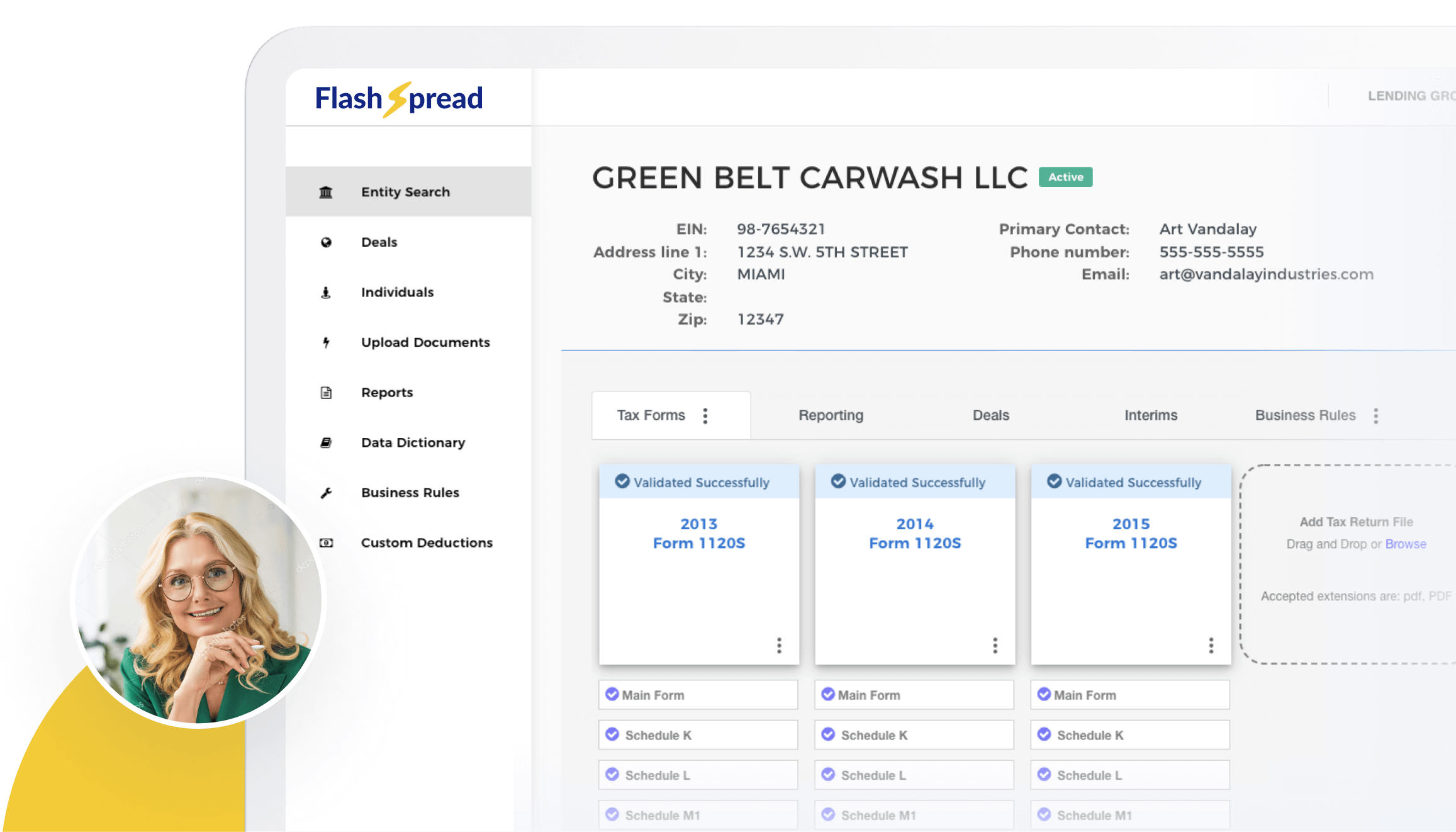Though the commercial lending industry is highly automated in customer-facing applications, much back-end processing remains antiquated. Commercial lending relies intensely on manpower to find deals, figure numbers, evaluate risk, create documents and service the loans. There are commercial lending automation platforms that can help the commercial lending industry keep pace with the technological advancements in home lending, taking some of the burdens off of commercial loan officers.
Let’s dive into what automation can do for your commercial lending business.
Table of Contents
What Is Automation?
Automation is taking the manual, repetitive processes that people perform and replacing at least some of them with computerized analysis and input. Most attempts at commercial loan process automation have been surrounding customer access like consumer portals, though even in that arena commercial lenders have fallen short: as long as the back-end processes remain manual, then the consumer-facing operations don’t provide timely or accurate information; customer portals are just gift wrap around an empty box.
Automating commercial lending has many benefits. Apart from transforming customer service, automation can:
- Significantly reduce costs
- Accelerate the lending cycle
- Improve loan delivery, data quality, and integrity
- Enhance competitiveness and market presence
It doesn’t take too much sweet talking to sell anyone on the idea of automation. After all, most of what automation does is take over repetitive, manual functions of loan processing. Three types of automation exist:
- Basic automation is able to collect and collate data, but not much else.
- Enhanced automation relies on machine learning and pattern recognition for an intermediate level of automatic processes.
- Cognitive automation uses artificial intelligence (AI) and self-learning capabilities to create the highest level of automation possible.
Most lenders use a combination of basic and enhanced automation, but more recently some higher levels of cognitive automation have come on the scene as well. These applications are particularly effective in the pre-lending screening process.
Commercial Lending Automation in Action
Commercial lending is all about the bottom line, the profit and there are scores of ways that automation can streamline your processes. Let’s look at each step in the pre-lending process and see where automation has the most positive effects.
Customer Management
The first thing any commercial loan officer (LO) does is collect information from businesses looking for loans. The process is tedious at best, with both paper and digital forms to fill out, physical files to maintain and forms to file with the appropriate offices. Not only is this process cumbersome for the LO, every extra hand that touches the paper increases the chances of loss or typos.
Subscribe to BeSmartee 's Digital Mortgage Blog to receive:
- Mortgage Industry Insights
- Security & Compliance Updates
- Q&A's Featuring Mortgage & Technology Experts
Automation helps mitigate these inconsistencies by letting customers complete the onboarding process themselves: they input their own data, which then creates a digital file and an entry in the lender’s origination platform. All the LO is responsible for then is evaluating which applications are complete and which require supplemental information or documentation.
Additionally, for businesses holding multiple accounts, automated processes can consolidate all their information into one digital file that everyone — from LOs, to credit analysts, to underwriters — can access. This leads to more accurate and efficient customer service across departments.
Credit Analysis
Creating a financial spread for credit analysis is another burdensome process that is essential for risk assessment but that practically begs for automation. Automated financial statement spreading tabulates the figures from the business’s financial statements, tax returns and other documents into an easy-to-evaluate template.
This template gets sent to financial analysts who conduct risk assessments and data interpretation, as well as evaluate the business’s likelihood of paying back the loan or defaulting. Then, the analyst’s recommendations are forwarded to the LO who makes the final decision.
A process that once took weeks can now take days or less. Commercial borrowers can get a loan decision in the same amount of time a home buyer can get a mortgage approval. Over time, automating the commercial lending screening process will save lenders and their clients time, money and endless headaches.
Final Thoughts
It’s time that commercial lenders and business borrowers have access to speedy, highly accurate processing. Automation not only removes human error in favor of accuracy, but it improves customer relations, streamlines recordkeeping and hastens loan approval. To learn more about how FlashSpread can help with your commercial lending automation needs, request a demo today.




